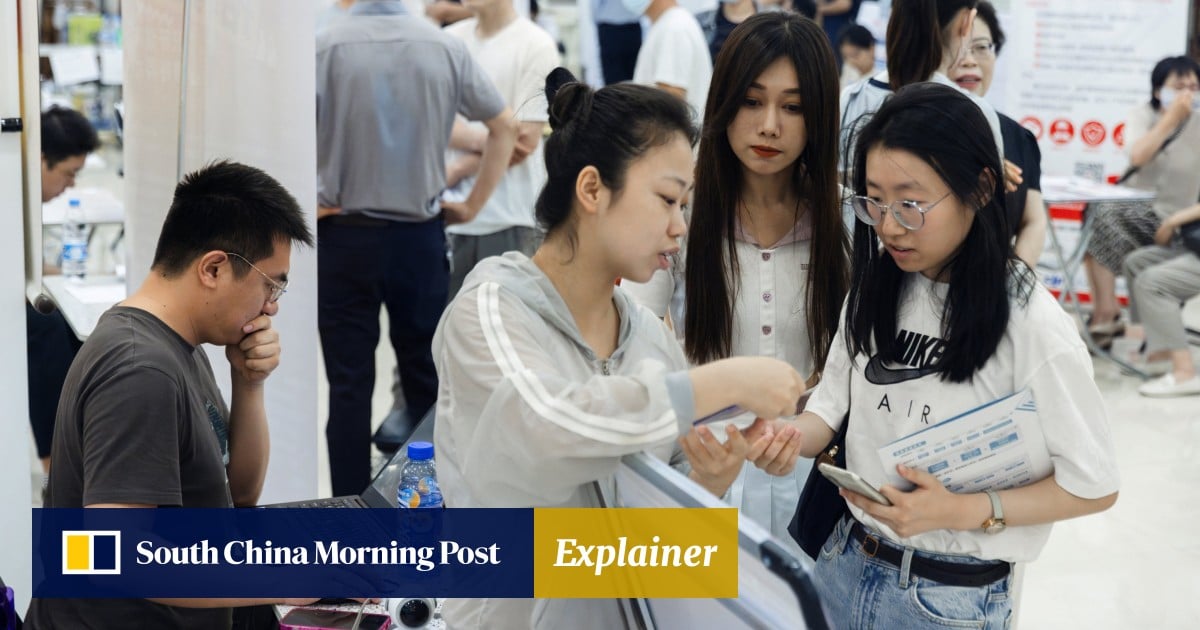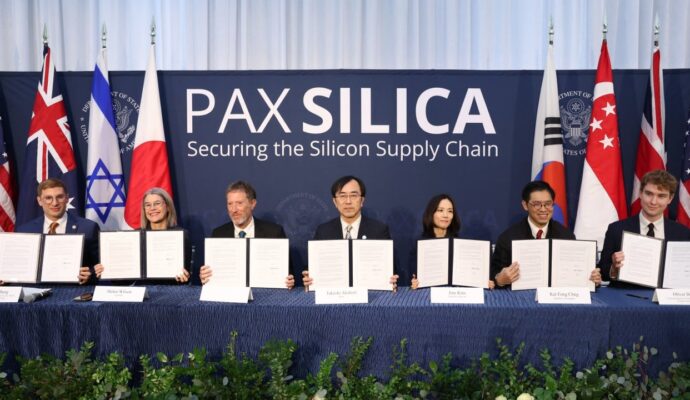
China’s economy grew by 4.5 per cent in the first quarter, year on year, and during his opening address to the World Economic Forum in Tianjin at the end of June, the premier said GDP growth in the second quarter would be faster.
Li also said Beijing was “hopeful” of reaching its 5 per cent economic growth target set for the whole country this year.
As usual, the purchasing managers’ indices (PMI) offer the first glimpse of the state of China’s economy each month, and the official gauge released last week showed factory activity picked up in June but remained in contraction for a third straight month.
The slowdown was underlined by the Caixin/S&P Global manufacturing PMI, which eased to 50.5 in June from 50.9 in May, indicating only a marginal expansion in activity.
China’s inflation and trade data for June will both be released before the GDP data, which will be accompanied by retail sales, fixed-asset investment and unemployment figures.
In May, China’s exports fell by 7.5 per cent compared with a year earlier, while imports fell by 4.5 per cent last month.
And China’s consumer price index fell short of expectations in May and rose by 0.2 per cent from a year earlier.
2. Eyes on the yuan
The yuan breached the key level of 7 per US dollar for the first time this year in May, and continued to weaken past 7.2 against the US dollar at the end of June.
While the 7 level is largely arbitrary, a weaker yuan makes China’s exports more competitive but drives up import costs. And the currency started July at its weakest point against the dollar in seven months.
The central bank cut two benchmark lending rates in June, having also adjusted other policy rates, adding to hopes that Beijing will step in to help stabilise the cooling property sector and implement other stimulus measures.
Analysts at Citic Securities said at the end of June that the widening interest rate differentials between China and the US could trigger more capital outflow in the short term, reducing the appeal of the yuan to both domestic and foreign investors.
But over a longer term, they added, China’s rate cuts could help support the economy and stabilise the yuan exchange rate.
The People’s Bank of China could cut the foreign exchange reserves that banks must set aside in an attempt to stem the rapid weakening of the yuan against the US dollar.
The central bank, which saw State Administration of Foreign Exchange chief Pan Gongsheng appointed as its new Communist Party chief on Saturday, has warned against big swings in the yuan exchange.
3. More stimulus?
In mid-June, China’s State Council announced plans for “more powerful” economic packages to expand effective demand, strengthen the real economy and defuse risks in key areas.
Before the statement, the central bank had already cut the seven-day reverse repo rate from 2 to 1.9 per cent, trimmed the rate on its standing lending facility loans and cut the interest rate on its medium-term funding for financial institutions.
It then cut two benchmark lending rates – the five-year loan prime rate and one-year loan prime rate – for the first time since August.
Many policy advisers and analysts had suggested that more support for the property sector, which is seen as a major growth engine for the Chinese economy, is required to reach Beijing’s 5 per cent national growth target.
4. Yellen to visit China
The four-day visit will start on Thursday and include meetings with senior officials, according to a one-line statement issued by China’s Ministry of Finance on Monday, which gave no further details.
The US Department of the Treasury said Yellen will discuss “the importance for our countries – as the world’s two largest economies – to responsibly manage our relationship, communicate directly about areas of concern, and work together to address global challenges”.
If you would like to see more of our reporting, please consider subscribing.


